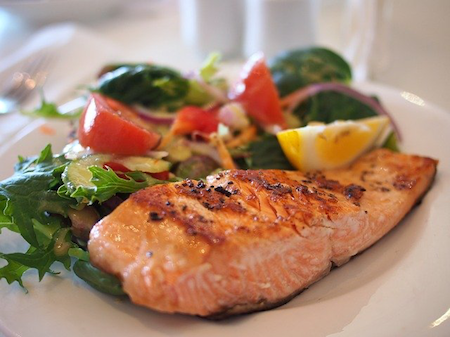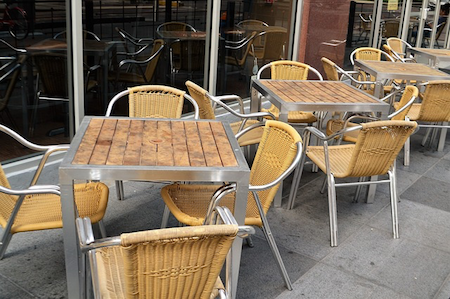Special Feature: Products Sally Recommends
4 trends shaping real estate in the beverage and food industry

A CBRE report indicates that the current fast-casual proliferation, in-store automation, and meal delivery services are significant shifts that are reshaping the real estate restaurants occupy in the US. The beverage and food industry has also been reshaped, and this article focuses on showing you trends that are affecting the beverage and food industry.
The modern retail landscape is ever-evolving, and that means retail business owners have no choice but to invest in restaurants that meet the needs of their clientele. Creating a great restaurant space is no longer the norm but ensuring you have space that attracts the best energy into the restaurant and makes customers stay around even after they are finished shopping.
With the changing customer habits, fast-food restaurants in Boston are effectively using technology to fit in and make a profit. People have become used to getting anything they want delivered right to their door, and this includes services and goods. Moreover, this is done so effectively that the millennial is not interested in dine-in options because they would rather have their meal when they want it and where they want it. From McDonald's to Sweetgreen, fast service outlets are giving consumers a great experience in in-dining in addition to the convenience of requesting for their choice of food through an app.
Be sure to check Movoto.com if you plan to purchase a residential property. These are trends that are shaping real estate in the beverage and food industry.
1. Meal Delivery Services
Delivery services carried out by third parties are earning a significant share in the meal delivery space. It is expected that by 2022, growth in service will have hit 70% from 58% in 2018. The restaurant industry, on the other hand, is coming up with strategies to reduce the cost of delivery services because sometimes it is not profitable.
One of the best mitigation measures would be to encourage more people to utilize restaurants in house services, sites and delivery applications. Another great solution would be to share the information with third-party delivery service providers and coming to an agreement revising delivery prices to favor restaurants.
Because there is a fast growth in the meal delivery service, chains and restaurateurs are ensuring the buildings have two entrances, one for dine-in customers and the other one for meal pickups.
2. Smaller Entertainment
Beverage and food services have for many years been combined with entertainment ideas making freestanding areas and suburban malls populated. Some operators are now testing smaller entertainment facilities to capture the high customer traffic of office workers and residents increasing revenues. Punch Bowl, Dave & Buster's and Topgolf are examples of operators who are taking entertainment small.
With increased population, it is hard to get large vacant retail spaces, especially in the central business district and even the suburban areas of towns. This has forced entertainment providers to adapt to using smaller spaces, and instead of capturing every passerby; they focus on the center’s clientele. This approach leads to the building of relationships with the customers.
3. Growth of Fast-Casual Eateries

In recent years, the most significant expansion in the restaurant industry has been seen in the restaurants that offer low prices, quick service fast food than in full-service better-quality food ones. Almost 90% of restaurants opened by the best food chains are fast-casual eateries. Restaurant owners now have the challenge of choosing the best fast food operators for their setup.
4. Table Reset by Technology
More beverage and food companies are adopting technology to smooth services in their front-house while managing operations in their back house effectively. A survey carried out recently, by the National Restaurant Association shows that over 50% of responding restaurants planned to invest in adopting more front house technology and many have the same plan for their back-house operations.
To ensure customers order meals easily, most national chains have adopted tableside ordering structures, tablets and kiosks to automate the process. Restaurants expect that this infrastructure will reduce labor costs and minimize space used for food ordering queues.
When technology is added to restaurants, operations are smoothed and focus shifted to interaction with customers and their experience while managing inventory and labor costs.
Summary
As a restaurant owner, it is vital to be aware of the current trends in the industry to avoid lagging and losing customers. Technological advancements affect retail sectors, including beverage and food industry. So, if you came across this article trying to find out what is new in the restaurant industry, hopefully, you now know what you need to embrace.
Consumer habits change with change in technology, and as indicated in this article, more people prefer to order food than fine in the store because it is more convenient. The younger people are also shying away from the traditional restaurant dining and prefer to have the food delivered to them. If restaurants are to continue existing, they have to adopt trends that make a positive experience for these young people because they are the future.
Note: This information was accurate when it was published. Please be sure to confirm all rates and details directly with the businesses in question before making your plans.



